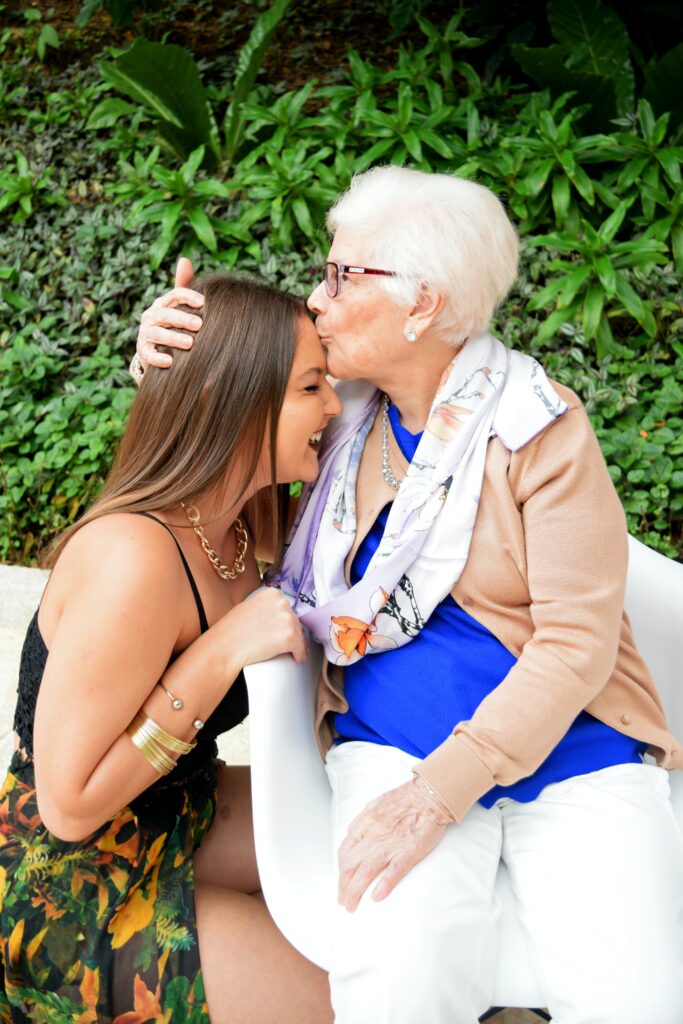As our loved ones age, we want to ensure that they are always safe and secure. One of the best ways to do this is by creating a home environment that is safe and accommodating for seniors. Whether you’re preparing your own home or caring for an aging family member, there are many steps you can take to make sure they have the support they need.
In this guide, we’ll explore some essential safety tips and precautions that will help seniors stay comfortable and thrive in their homes as they age.

Nursing Home Support
Nursing homes provide an essential service for seniors who need round-the-clock care and support. These facilities offer medical assistance, daily living assistance, and help with mobility issues.
Nursing home staff are trained to address the specific needs of seniors, including those with chronic illnesses or disabilities. However, many families prefer to keep their loved ones at home as they age.
This is where nursing home support can come in handy. Home health aides can provide similar services to what is offered in a nursing home facility but within the comfort of your own residence.
The in-home assistance can be a great way to keep your loved one as close to you as possible while still receiving the quality care they need. Home health aides assist with personal care tasks such as bathing, dressing and grooming.
They also perform light housekeeping duties and meal preparation along with running errands if needed.
How to Make Your Home Safe for Seniors
As we age, our physical abilities start to decline, and this can increase the risk of accidents in the home. However, there are several steps you can take to make your home safe for seniors.
Firstly, ensure that all areas of your home are well-lit. Use nightlights in hallways and bathrooms to help prevent falls during the night. Remove any loose rugs or carpets as they can be a tripping hazard.
Secondly, install grab bars near toilets and showers to provide extra support when getting up or sitting down. Consider adding non-slip mats in wet areas such as the shower or bathtub.
Thirdly, make sure that all electrical cords are out of walkways and secured properly. Keep furniture away from outlets if possible.
Fourthly, consider installing a medical alert system that allows seniors to call for help quickly if needed.
Keep emergency contact information easily accessible near phones or on a refrigerator magnet.
What to Do if You See a Problem
If you notice any potential safety hazards in your home that could impact the well-being of seniors, it’s important to address them immediately. Here are some steps you can take if you see a problem:
Firstly, assess the situation and determine the severity of the hazard. If it’s something that requires urgent attention, such as a gas leak or electrical issue, call emergency services right away.
For less pressing concerns, like loose carpeting or cluttered walkways, take action yourself by making necessary repairs and tidying up any messes.
However, for more complex issues such as structural damage or major appliance malfunctions, consider calling in a professional to handle repairs safely and efficiently.
It’s also essential to communicate with seniors about what changes have been made in their living environment so they’re aware of any modifications and feel comfortable navigating their space.
Remember that making your home safe for seniors is an ongoing process – continue to regularly assess potential hazards and make adjustments as needed.
Suggested Safety Precautions for Your Home
When it comes to the safety of our elderly loved ones, we need to be proactive in making necessary changes around our homes. Here are some suggested safety precautions you can implement to make your home safer for seniors.
Firstly, ensure there is adequate lighting throughout the house. Install night lights in hallways and bathrooms to prevent falls during the night. Secondly, secure all loose rugs or remove them completely. Loose rugs can cause tripping hazards if not properly secured.
Thirdly, install grab bars in areas such as the bathroom and near stairs where seniors may need extra support when walking. Additionally, consider adding non-slip mats or strips inside and outside of showers/bathtubs to prevent slips.
Fourthly, keep frequently accessed items within easy reach so that seniors don’t have to strain themselves trying to reach things on high shelves or cabinets. Fifthly, reduce clutter around the house which could obstruct walkways and create tripping hazards.
As our loved ones age, it’s important to ensure that their homes are safe and secure. By taking steps such as installing grab bars in the bathroom, removing tripping hazards, and keeping pathways clear, we can make sure that seniors can live independently for as long as possible.
By following the tips outlined in this guide and being proactive about home safety, we can ensure that our aging family members enjoy their golden years comfortably and without unnecessary risks.






